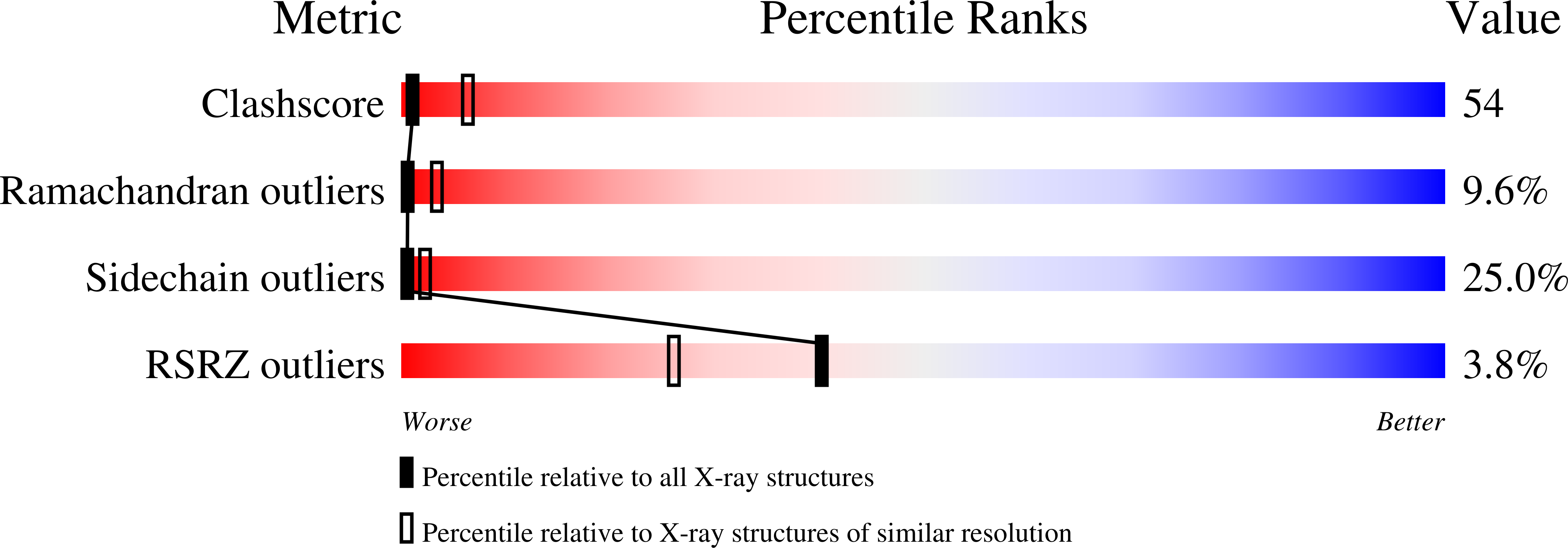
Deposition Date
1999-10-28
Release Date
1999-12-15
Last Version Date
2024-11-20
Entry Detail
PDB ID:
1D9K
Keywords:
Title:
CRYSTAL STRUCTURE OF COMPLEX BETWEEN D10 TCR AND PMHC I-AK/CA
Biological Source:
Source Organism:
Mus musculus (Taxon ID: 10090)
Host Organism:
Method Details:
Experimental Method:
Resolution:
3.20 Å
R-Value Free:
0.29
R-Value Work:
0.24
R-Value Observed:
0.07
Space Group:
P 21 21 2


